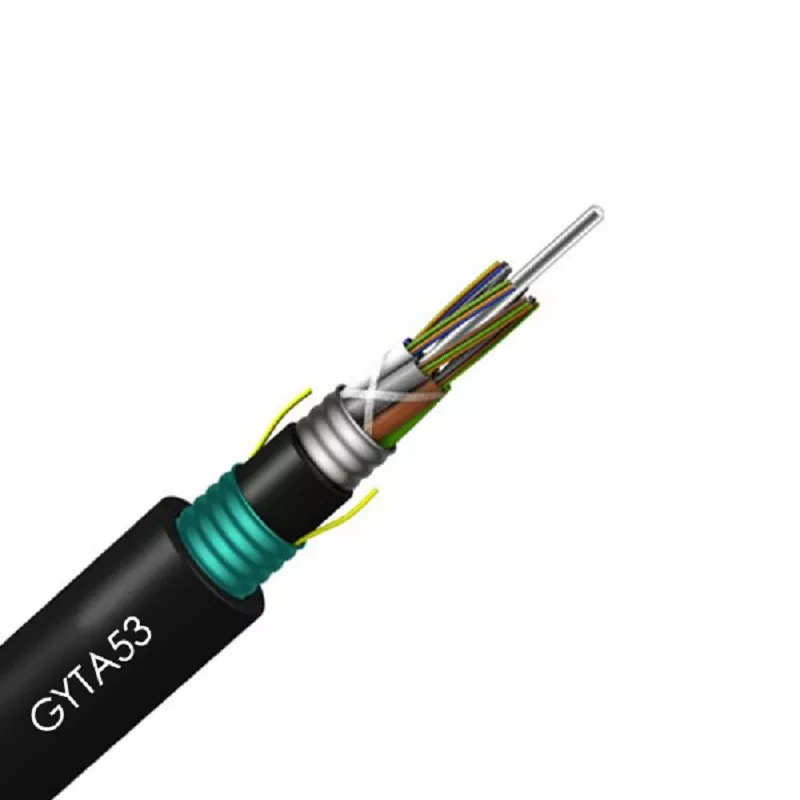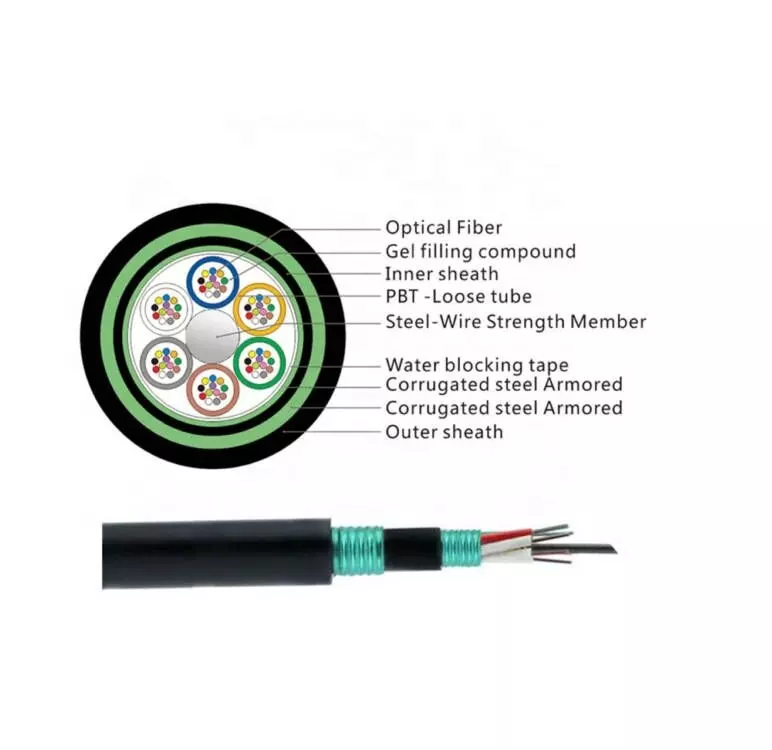 Anti-rodent fiber optical cable models and specifications
Anti-rodent fiber optical cable models and specificationsAnti-rodent optical cables come in a variety of models and specifications to meet the needs of different environments and applications. Here is an overview of some specific rat-proof optical cable models and their specifications:
GYTA53-4B1.3 4-core optical cable: This is a reinforced armored optical cable specially designed for rat-proofing. It has 4 fiber cores and is suitable for scenarios that require basic communication needs.

GYFTY63-24B1 24-core non-metallic pipe optical cable: This optical cable is suitable for outdoor communication, has 24 fiber cores, is a non-metallic type, and has good rat-proof performance. It is particularly suitable for environments that require high communication capacity, such as substations.
12-core GYFTZY86 non-metallic optical cable: This optical cable has anti-interference ability and non-metallic flame retardant properties, and is suitable for communication needs in complex environments such as photovoltaic power stations and nuclear power plants. It belongs to the single-mode specification under the CFTTH brand, ensuring stable operation in high temperature environments.
GYXTS 24-core cable: This is a central tube rodent-proof cable with 24 optical fibers, suitable for applications requiring high communication capacity. It provides good protection against rodent bites and is suitable for a variety of communication needs.
